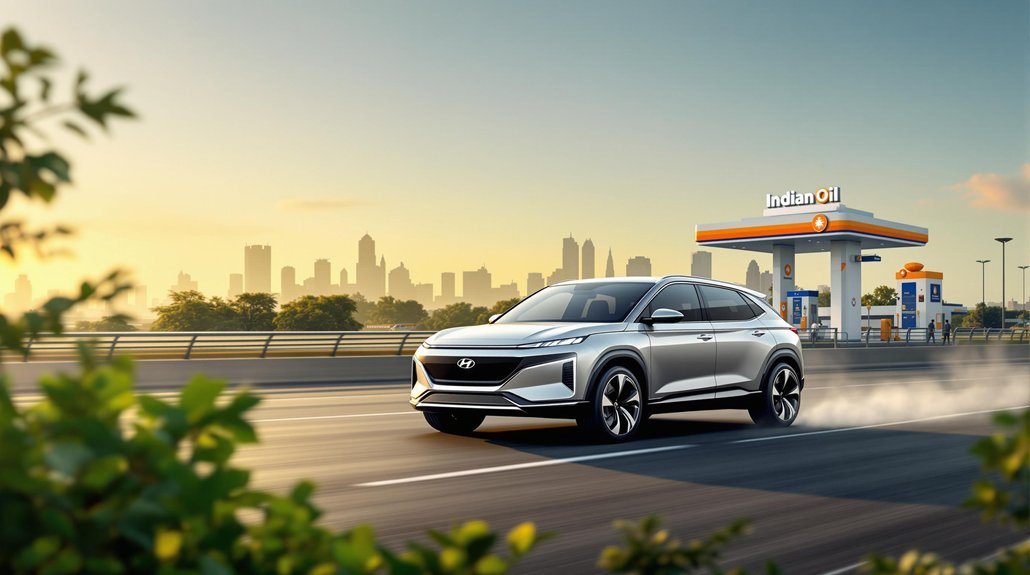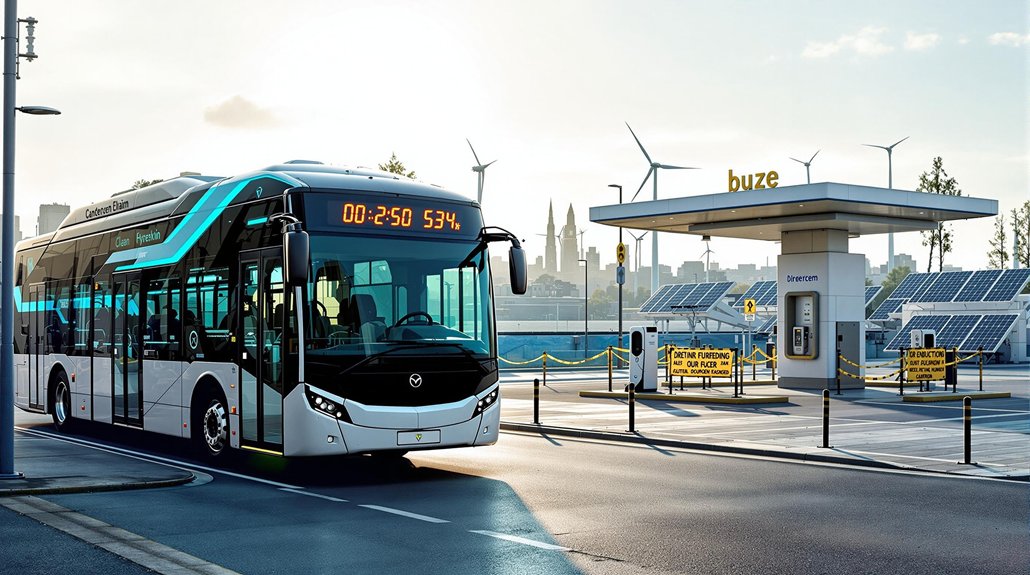CATL’s $345 million investment in NIO’s battery swap network is shaking up China’s EV landscape. The partnership aims to build 30,000 stations offering three-minute battery swaps instead of hour-long charging sessions. Pretty convenient, right? With subscription costs potentially as low as 0.1 yuan per kilometer, traditional charging faces serious competition. Major automakers are rushing to form alliances with swap networks. By 2030, this technology could transform how we interact with electric vehicles.
Chinese battery giant CATL is pumping 2.5 billion yuan into NIO‘s energy business, igniting what could be a battery-swapping revolution across the world’s largest EV market. The strategic cooperation agreement, signed March 17, 2025, aims to create the world’s largest battery swap network for passenger vehicles. Not exactly small potatoes.
NIO already operates 3,172 battery swap stations throughout China, with 1,000 strategically placed along highways. That’s a lot of swapping. The partnership reflects broader industry efforts to integrate battery swapping as an alternative to traditional charging. The partners plan to blanket 1,200 county-level divisions by June 2025, ramping up to 2,300 by year-end. CATL’s not messing around either – they’re targeting 1,000 new swap stations in 2025 alone, with a staggering long-term goal of 30,000.
The tech collaboration runs deep. CATL’s Choco-Swap technology will power NIO’s new Firefly brand, and they’re jointly developing long-life batteries. Unified standards mean drivers can use either company’s stations. Convenient? You bet.
For consumers, the math is simple. Three-minute battery swaps versus hour-long charging sessions. No brainer. Plus, CATL’s subscription model could cost as little as 0.1 yuan per kilometer. Cheap thrills.
The partnership represents a major shift in China’s EV landscape. Several automakers including Changan, Geely, and Lotus are already in bed with NIO’s network. SAIC’s cozying up to CATL. Everyone wants in on the action.
Traditional charging infrastructure? Looking shakier by the minute. By 2030, swapping could grab significant market share from conventional charging methods. Chery is also embracing the trend with two Nio compatible models scheduled for release in Q3 2025. The standardization potential is massive – imagine batteries that work across multiple brands. Revolutionary stuff.
The implications stretch beyond China. With faster “refueling,” enhanced safety through professional handling, and reduced vehicle development costs, battery swapping might just be the future we didn’t see coming. Plug-in chargers, watch your back.








